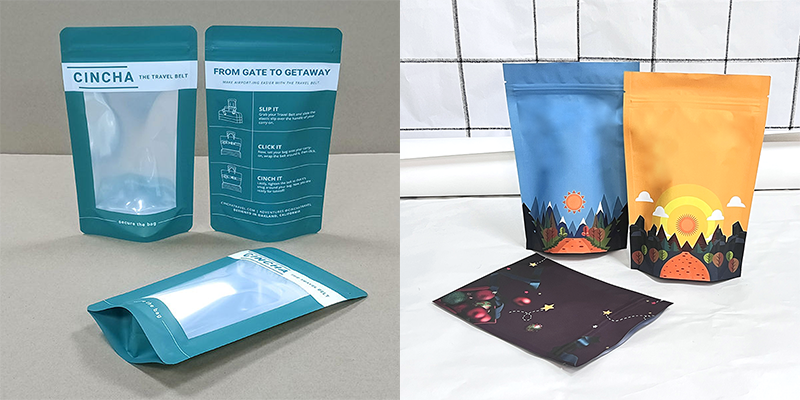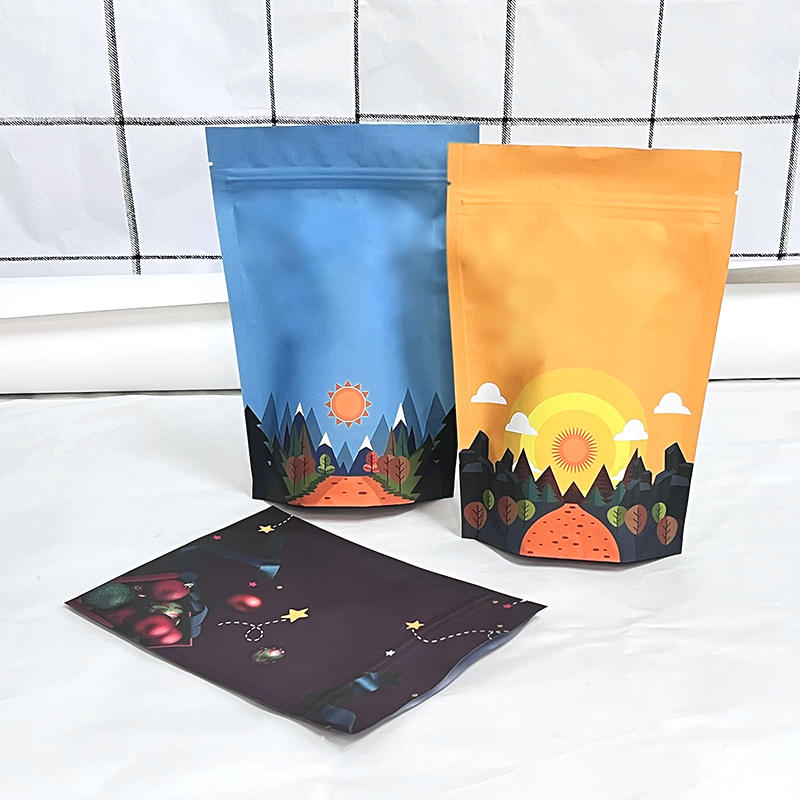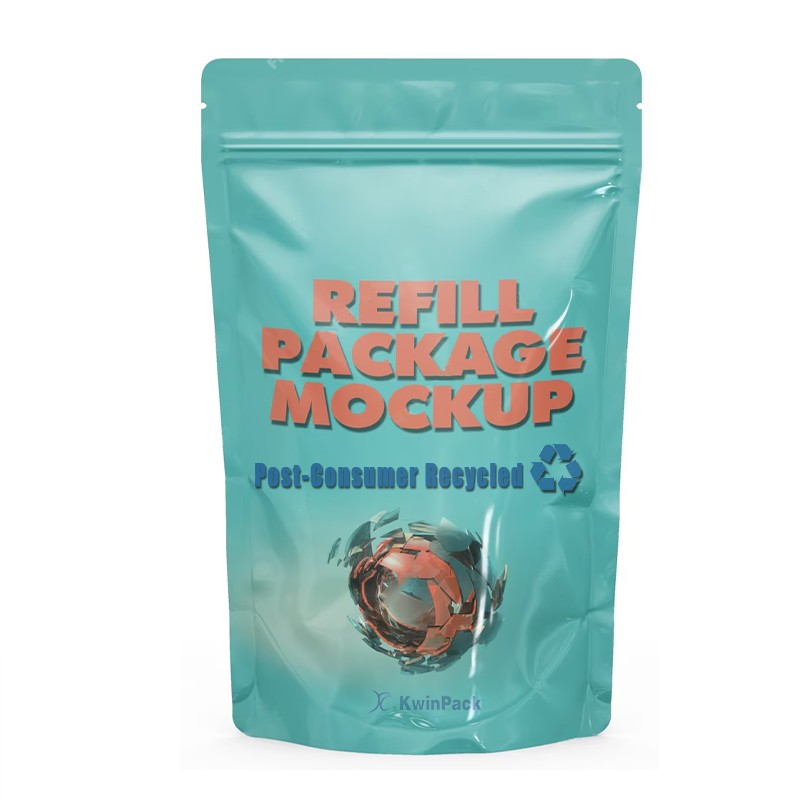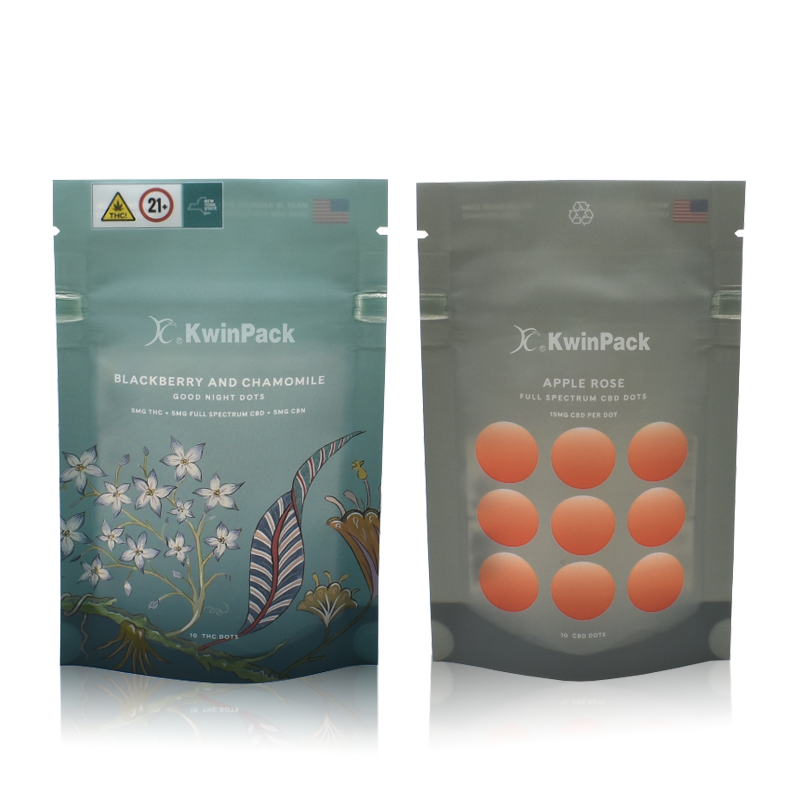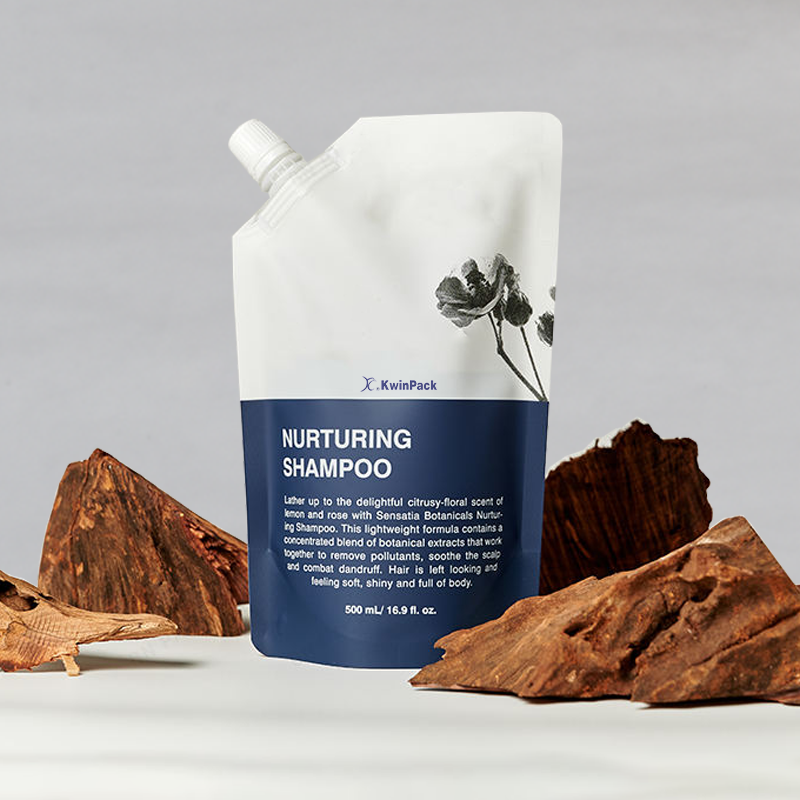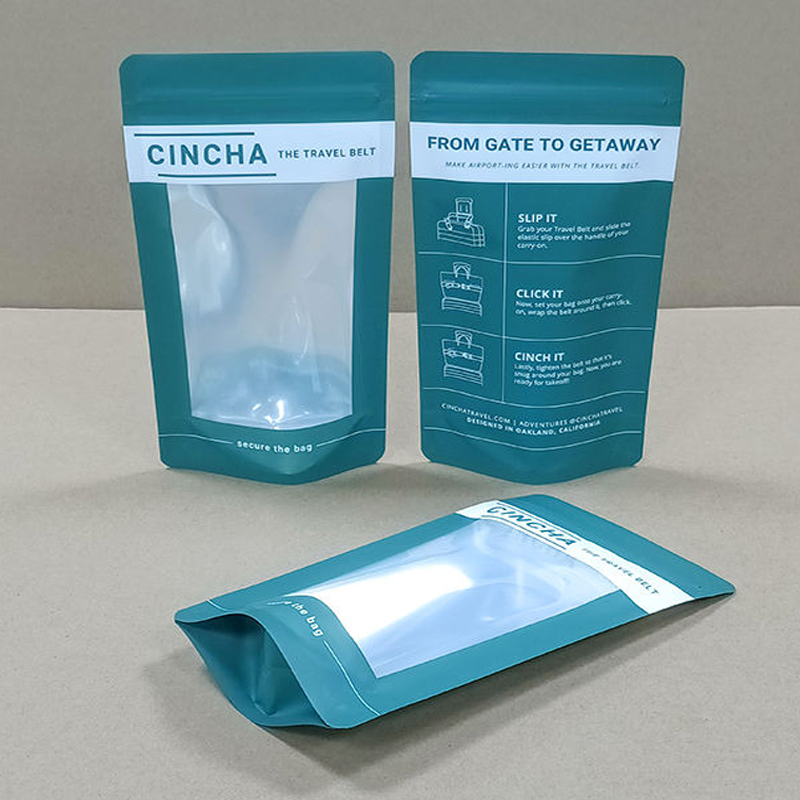Custom Plastic Laminate PCR Bags
Please note that our packaging bags have a minimum order quantity (MOQ) requirement, and the following quantities are provided for reference:
1. Digital printing -500 pieces
2. gravure printing -5000 sheets
- Overview
- Recommended Products
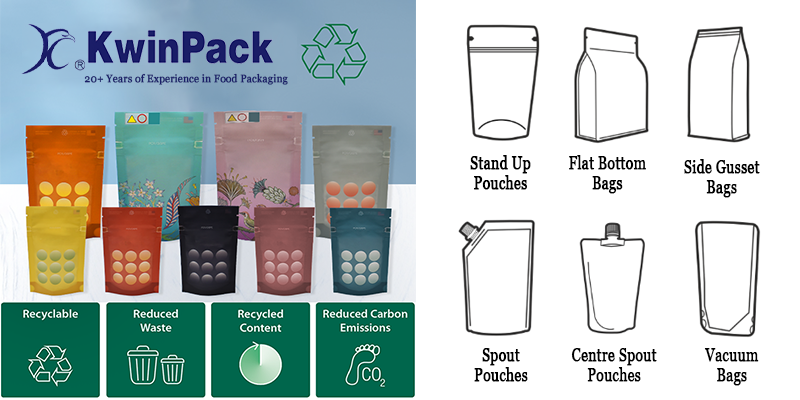
| Functional Category | Specific Function Description Implementation | Method/Technical Support |
| Basic Usage Functions | 1. Load bearing capacity: It can carry a certain weight of items (such as daily necessities, food, clothing, etc.), and its tear resistance meets basic requirements | By adjusting the thickness of PCR materials, adding toughening agents or multi-layer composite structures to enhance strength |
| 2. Sealing: Some PCR bags (such as zipper bags and heat sealed bags) have good sealing effects to prevent items from getting damp or scattering | Adopting heat sealing technology or zipper design to ensure tight interface | |
| 3. Flexibility and malleability: Foldable and bendable, easy to carry and store, suitable for packaging of different shaped items | Select high toughness PCR materials and optimize processing temperature | |
| Environmentally Friendly Features | 1. Resource recycling: Using post consumer waste (such as discarded plastic bottles and packaging bags) as raw materials to reduce the use of virgin plastics | Recycling → Crushing → Cleaning → Melting → Regeneration process of blown film |
| 2. Reduce carbon footprint: The production process consumes less energy and emits less carbon than native plastic bags | Regenerative processing eliminates the crude oil extraction process of native plastics, reducing energy consumption | |
| 3. Reduce waste: Extend the life cycle of plastics, avoid direct landfill or incineration of waste plastics, and reduce environmental pollution | Participate in the "plastic closed-loop cycle", some PCR bags can be recycled and regenerated again | |
| Security & Adaptation Functions | 1. Food contact safety: Some PCR bags have passed food grade certification and can directly come into contact with food | Using food grade recycled raw materials, the processing strictly controls impurities and pollutants |
| 2. Temperature resistance: Short term tolerance, meeting the temperature requirements of daily use scenarios | Choose heat-resistant PCR materials to avoid deformation or release of harmful substances at high temperatures | |
| 3. Printing adaptability: Printable patterns, clear information transmission | Surface treatment enhances ink adhesion, gravure/flexographic printing | |
| Additional Value Function | 1. Brand image transmission: Through the "PCR material" logo, convey environmental protection concepts to consumers and enhance brand responsibility | |
| 2. Policy compliance: Meet the requirements of some regions' "plastic restriction orders" on the proportion of recycled materials used. | ||
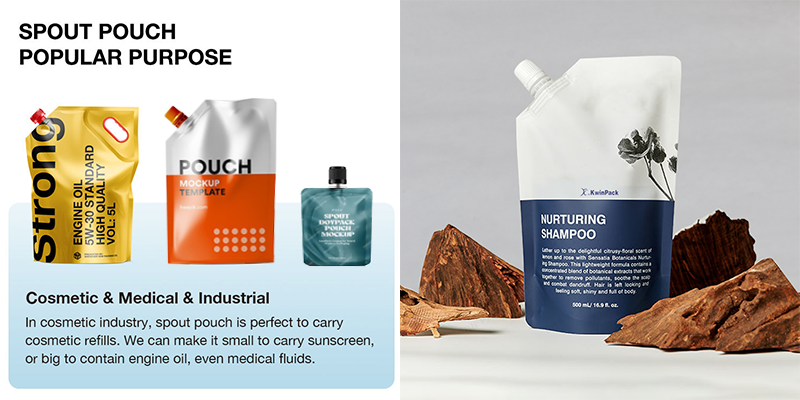
Product Details Description
